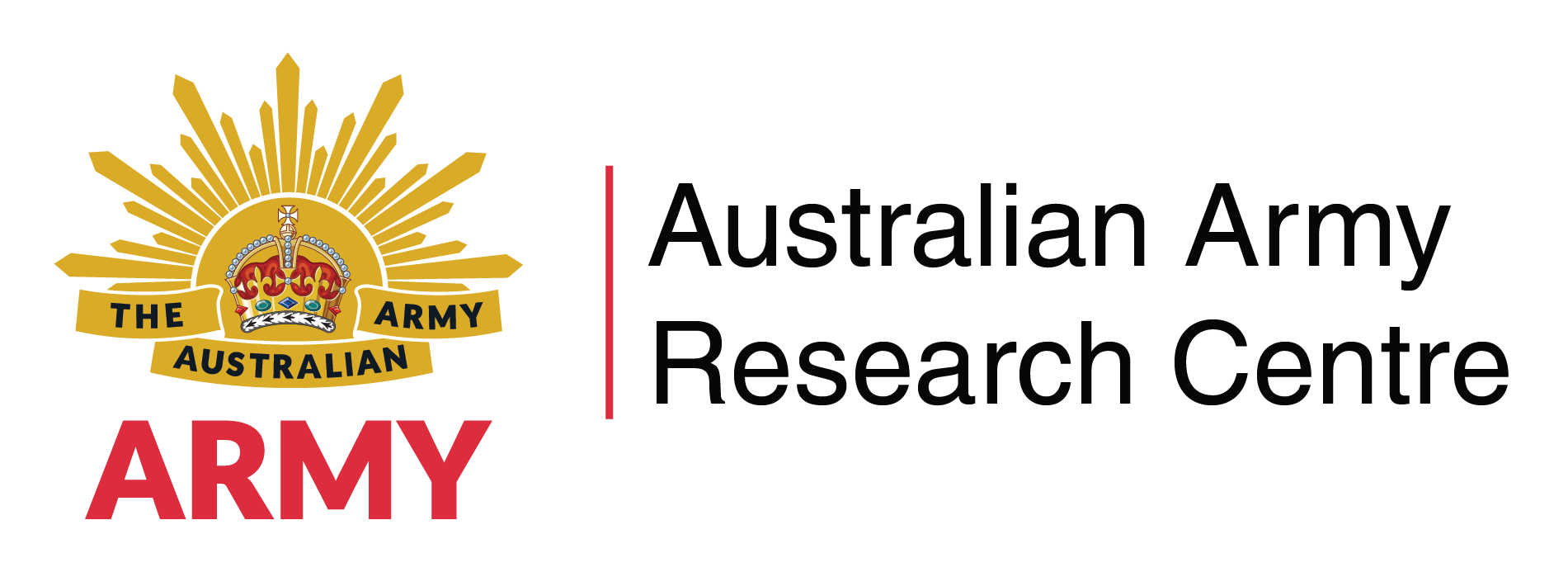Search
Using the filters to the left, click your selection, it will become bold and filter the results, click it again to remove that filter.
Abstract This article examines the role of infantry in contemporary warfare, and finds that a highly trained infantry capability is essential for contemporary warfare. Infantry must operate in concert with other arms and services, but at times will be required to operate independently from vehicles. Therefore, the article proposes a balanced force model for the Army based on a single type of infantry battalion and a single type of cavalry regiment, or divided between more specialised reconnaissance cavalry …
Abstract This article discusses the option of crewing all Motorised Infantry Battalion Protected Mobility Vehicles with Royal Australian Corps of Transport (RACT) drivers to better realise the capability of the vehicle. Introduction The Protected Mobility Vehicle (PMV) has been in service for about five years. Originally conceived to provide protected battlefield mobility to an infantry section, the vehicle is now being used in a wide variety of roles across the Army and Air Force. It is an extremely …
Abstract Private Cameron Robison from 2nd Battalion, Royal Australian Regiment, is currently deployed with Alpha Company on Operation ASTUTE, and he is also a qualified fitness instructor. Like almost everyone who has ever eaten a combat ration pack, he has an opinion. However, the interesting points that Private Robison brings to this discussion are drawn from his own knowledge and experience in fitness. ‘C’est la soupe qui fait la soldat!’ - Napoleon While attributed to Napoleon, the axiom ‘an army …
Abstract From the loads carried by the armies of antiquity to today’s modern forces, this article explores and critically analyses soldier load carriage over two millennia. Historical misconceptions appearing in some military documents and literature regarding the context and weight of the soldier’s load are also discussed. The author looks at how, even with changes in logistic practices, technology and the very nature of warfare, the soldier is still a beast of burden and suggests that relying on improved …
Abstract Operation LAVARACK was an ambushing and reconnaissance-in-force operation conducted by the 6th Battalion, The Royal Australian Regiment – New Zealand (Anzac) in Area of Operations (AO) Vincent in Phuoc Tuy Province from 30 May to 1 July 1969. During thirty- two days of continuous patrolling and ambushing, 6RAR-NZ defeated in battle two main force regiments and a district company, captured and destroyed hundreds of enemy bunkers, disrupted the Viet Cong administrative system in Phuoc Tuy Province …
Abstract This article outlines the massacre of the 18th Battalion at Gallipoli in August 1914 and argues that the soldiers of that unit were needlessly lost as a result of being sent unprepared into battle and that their Commanding Officer, Lieutenant Colonel Chapman was made a scapegoat for the debacle. The article refers to a number of eyewitness accounts of the battle and provides a rare glimpse into the behind the scenes interactions of those officers responsible for the operation. There was still …
Abstract Is Australia prepared to support the possibility of a negotiated solution to the current Afghan situation? A negotiated solution must be from a position of strength, and not as a last resort or from a position of fear. With the Soviet–Afghan war as a backdrop, the insurgencies in Oman and Aden provide the basis for debate on the merits of negotiation as a means to resolve insurgencies. Many of the Afghan population support dialogue with the Taliban. This underscores President Karzais desire to …
Abstract As the Australian Defence Force (ADF) embarks on an ambitious re-equipment program involving the procurement of multi-billion dollar platforms, enhancement of the logistics required to support this technology will also require careful consideration. Autonomic Logistics is a system that offers the ADF the opportunity to link the current Military Integrated Logistics Information System (MILIS) to real-time platform information through the employment of the Sense and Respond Logistics system. This is …
Abstract In 2002, John Nagl wrote an influential book titled Learning to Eat Soup with a Knife that analysed counterinsurgency attempts in the Malayan Emergency and the Vietnam War. With this book in mind, this article examines some of the counterinsurgency actions taken by US General David Petraeus during his tenure in Iraq in 2007 and 2008. It provides a comparison of the elements that Nagl details as necessary for an organisation to learn or adapt to new and challenging environments. Introduction Most …
Abstract It is recognised that the application of simulation is a key enabler in enhancing the effectiveness and efficiency in the conduct of training, and supports the adaptation required to maximise performance on operations. The development of the mission specific training program has witnessed the use of live, virtual/hybrid and constructive simulations within a single training activity. The aim of this article is to define the mission specific training concept and discuss its evolution and …
